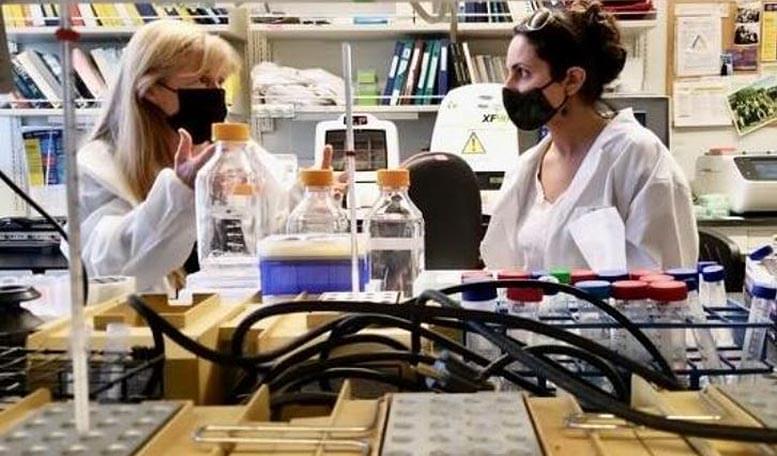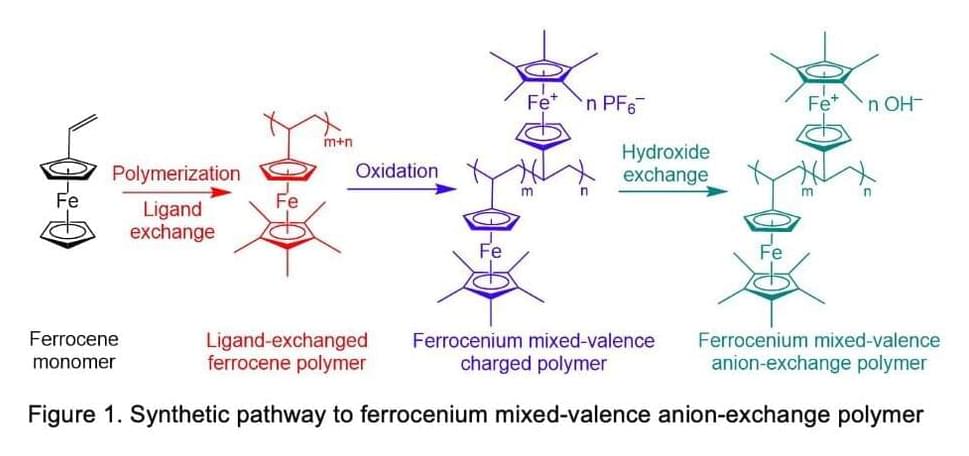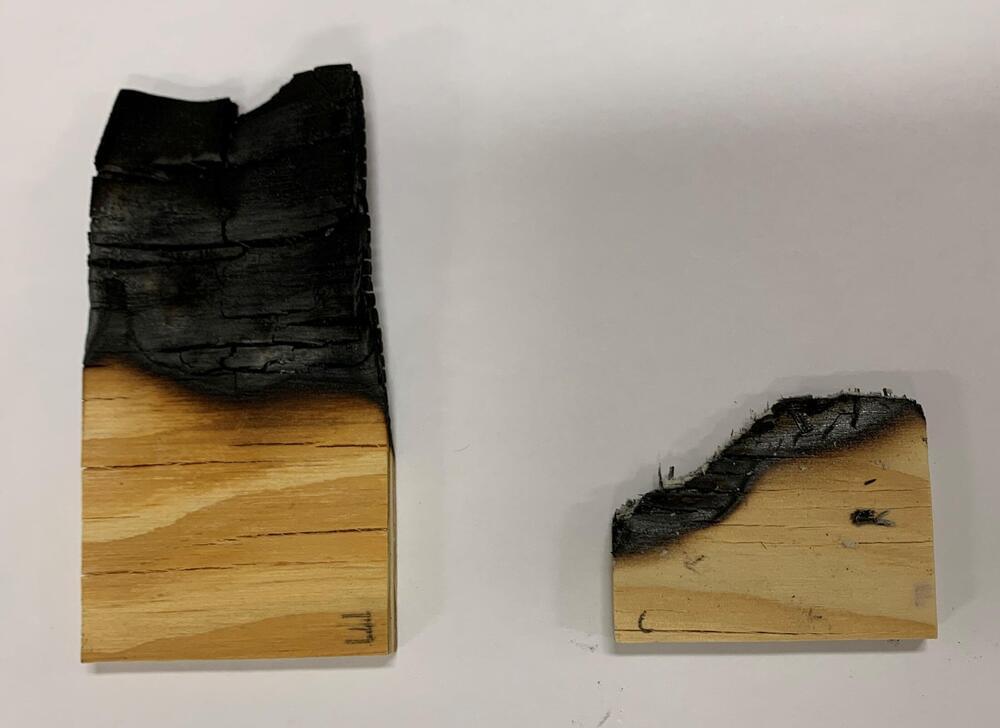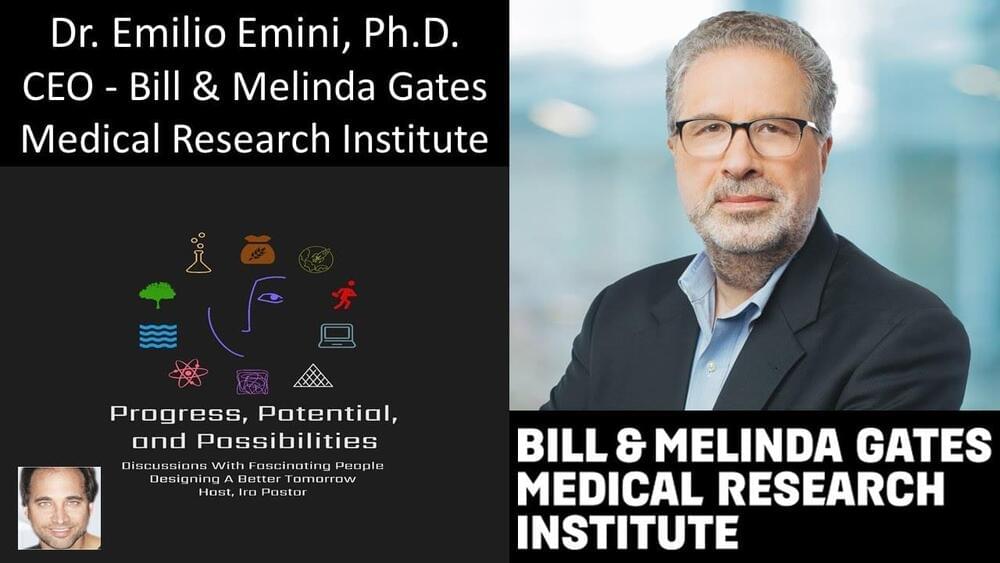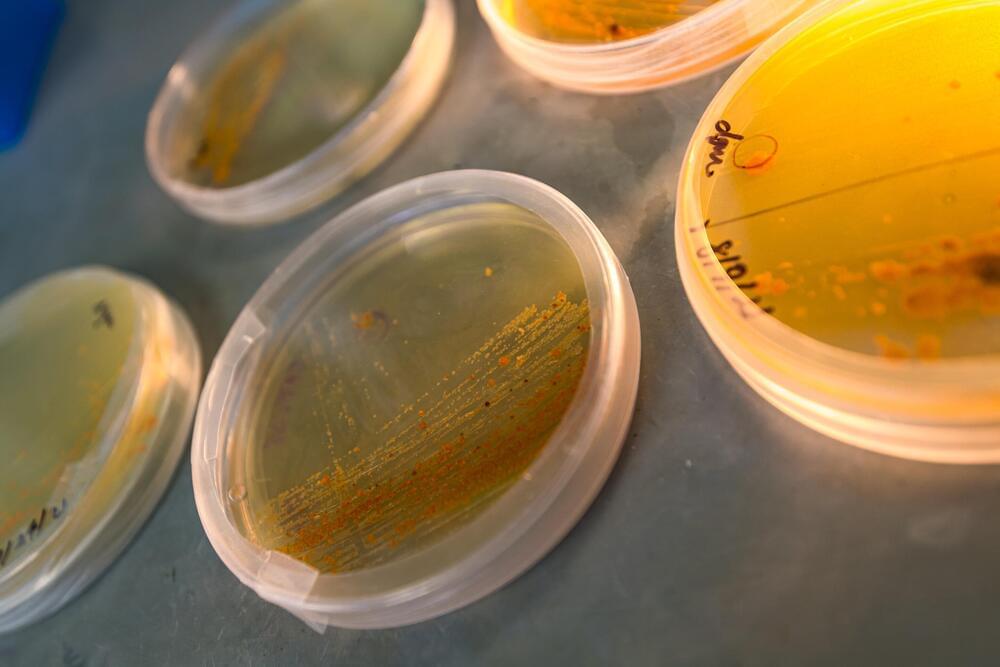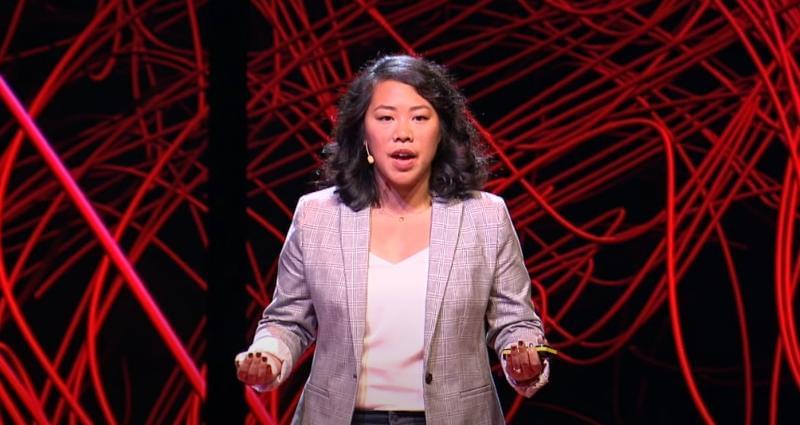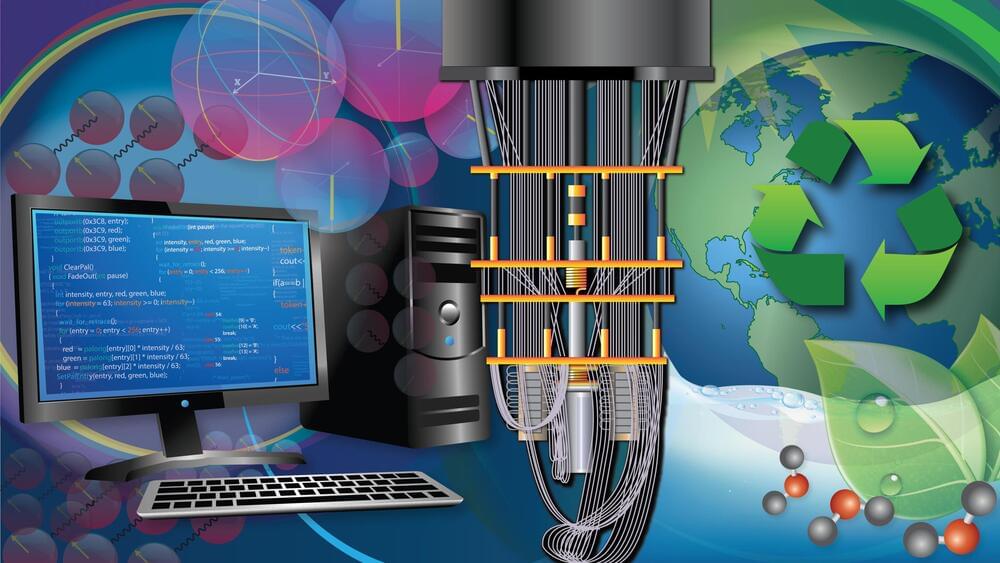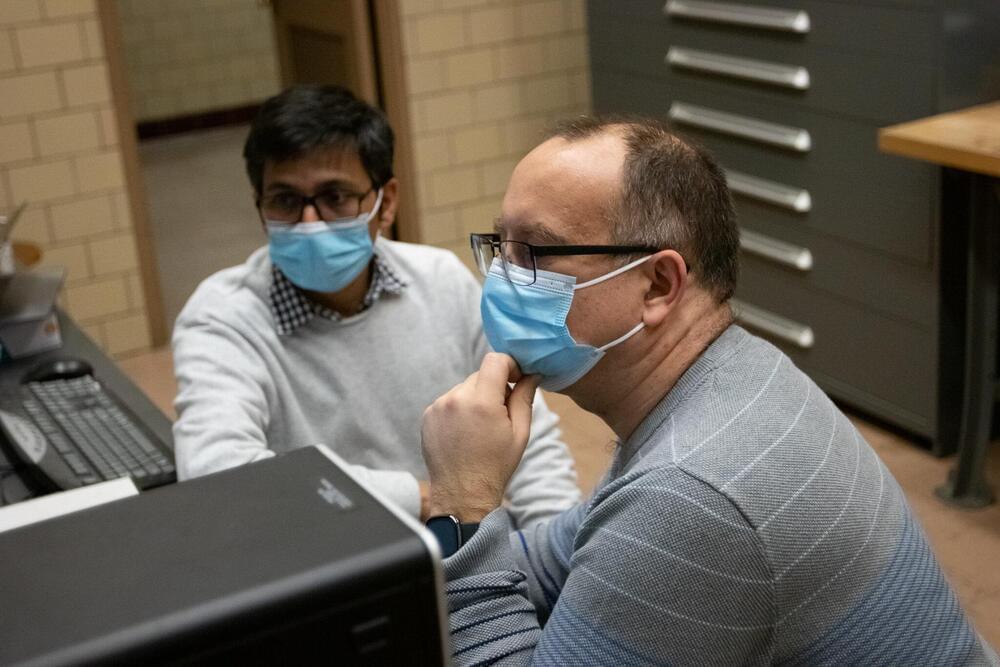Mar 25, 2022
AI-Designed Protein Can Awaken Silenced Genes, One
Posted by Kelvin Dafiaghor in categories: biotech/medical, chemistry, life extension, robotics/AI
Technique allows researchers to toggle on individual genes that regulate cell growth, development, and function.
By combining CRISPR technology with a protein designed with artificial intelligence, it is possible to awaken individual dormant genes by disabling the chemical “off switches” that silence them. Researchers from the University of Washington School of Medicine in Seattle describe this finding in the journal Cell Reports.
The approach will allow researchers to understand the role individual genes play in normal cell growth and development, in aging, and in such diseases as cancer, said Shiri Levy, a postdoctoral fellow in UW Institute for Stem Cell and Regenerative Medicine (ISCRM) and the lead author of the paper.
